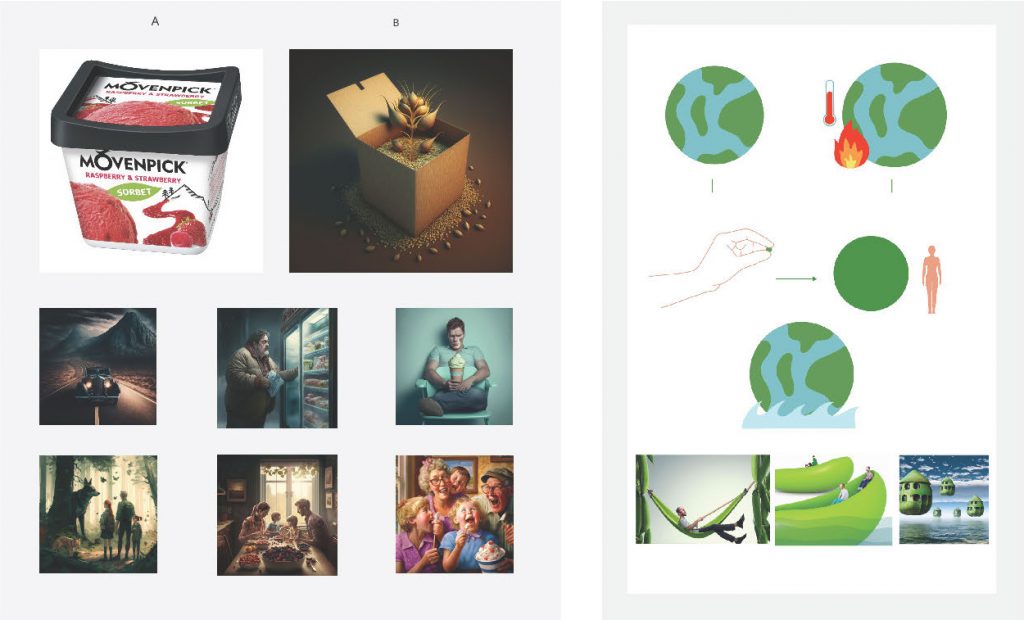IMAGINE researcher, James Lowley presented at the GreenMet seminar “The role of narratives for sustainability” on Friday the 17th of February 2023.
The seminar was a collaboration with the Henrik Steffens Professorate at the Europa-Institut, University of Hamburg and the GreenMet group at Oslo Metropolitan University.
GreenMet is a self-organised group of researchers, academics and students at Oslo Metropolitan University. They organise bi-annual seminars on different sustainability themes.
This seminar presented work from both students and researchers in an open, hybrid seminar.
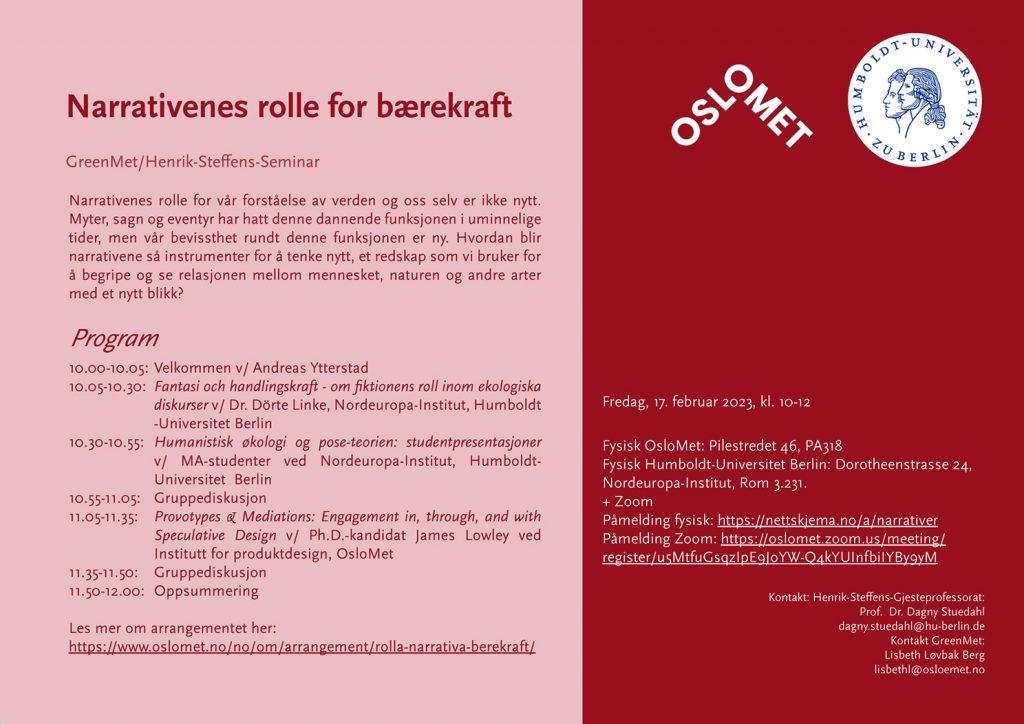
The first presenter, Dr Dörte Linke’s presentation “Imagination and force of actions – the role of fiction within ecological discourse”, underlines that humans have to create narratives to orient themselves but that the ecological discourse is a large and specific narrative in itself about humanity that has ruined nature and a vulnerable planet. This not only has ontological implications but also structural.
Each time a story helps me remember what I thought I knew, or introduces me to new knowledge, a muscle critical for caring about flourishing gets some aerobic exercise. Such exercise enhances collective thinking and movement in complexity. Each time I trace a tangle and add a few threads that at first seemed whimsical but turned out to be essential to the fabric, I get a bit straighter that staying with the trouble of complex worlding is the name of the game of living and dying well together on terra, in Terrapolis.
Donna Haraway, Staying with the Trouble. Making kin in the Chthulucene, 2016, p. 29
Drawing on the work of Donna Haraway, Charlotte Weitze, and Josefine Klougart, Linke reminds us how we live in and with our narrative and that how they are performed and lived by us can and should be changed.
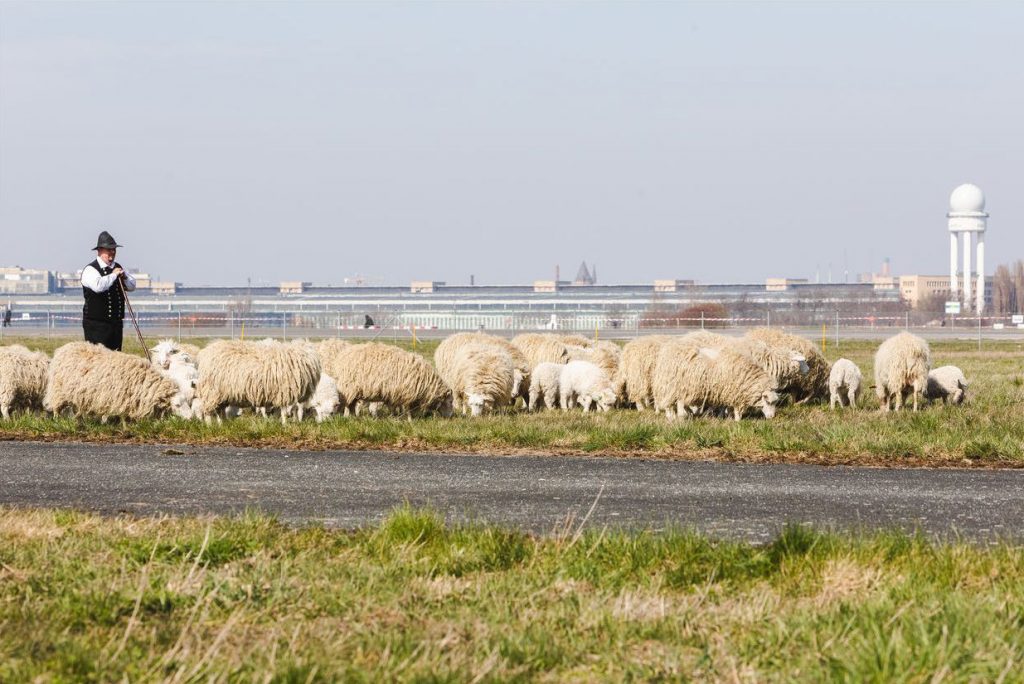
Following, the four students from Hamburg University, Jacqueline Peterhans, Ramona Tyler, Sara Vaders and Tabea Ylä-Outinen, presented “Humanistic Ecology and the carrier bag theory”.
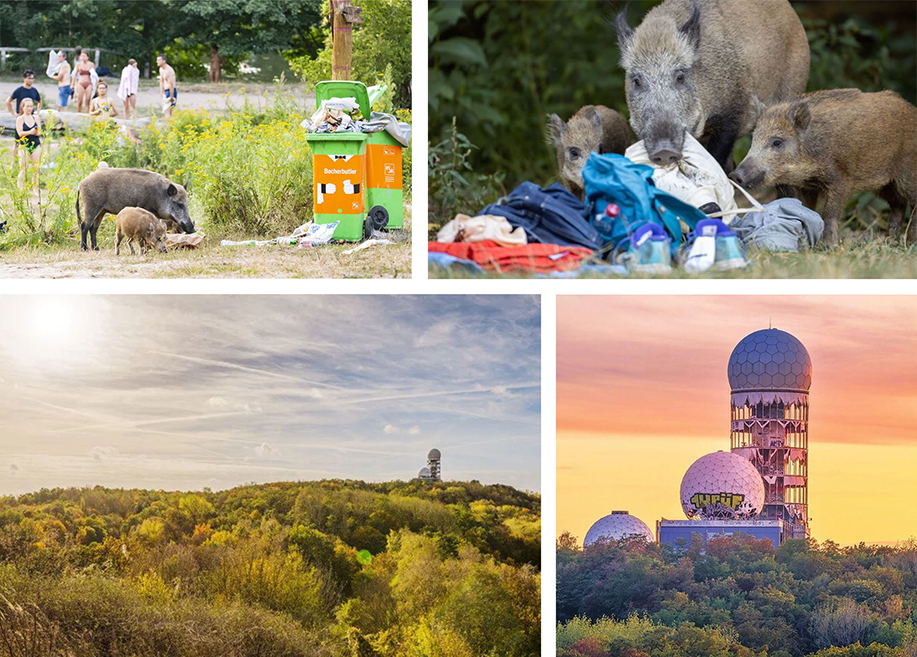
Drawing on Donna Haraway’s concept of “making kin”, Orsola Le Guin’s carrier bag theory (the carrier bag of fiction and natural history) and Tsing’s concepts of assemblage (ecological community, open-ended gatherings between multispecies) and coordination (the unintentional coordination that develops patterns in assemblages), the students presented case studies of four places in Germany where the narratives of human and nature interacting is breaking with the habitual idea of humanity as a destructor, where human action has given room for something new, a new interaction between species.
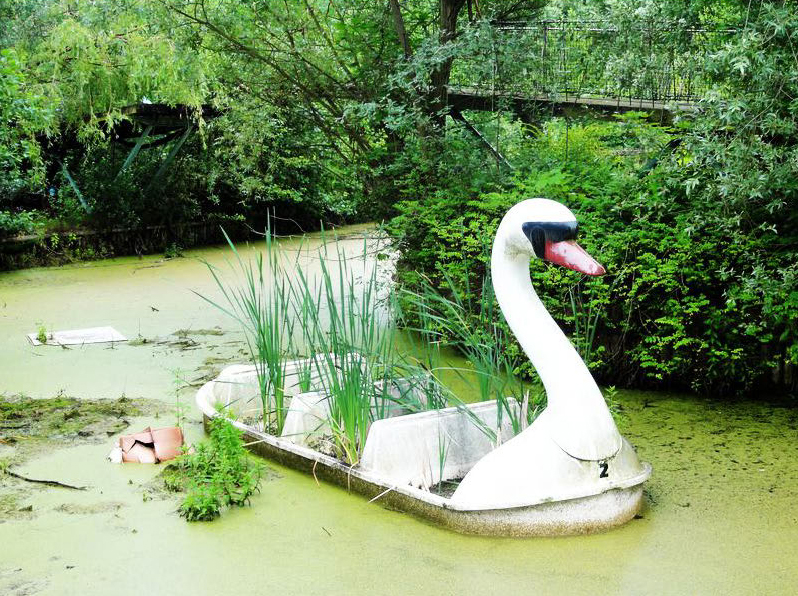

Last, but not least, James Lowley’s presentation “Provotypes & Mediations: Engagement in, through and with Speculative Design”, challenged the narrative of design as problem-solving, both through examples of how it changes, and has always changed cultural practice, and how it can be used to ask questions.
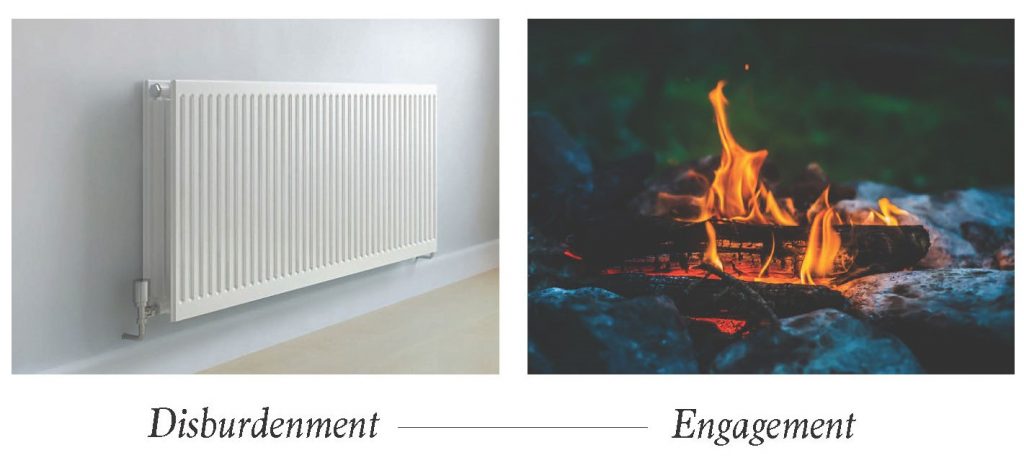
Albert Borgmann’s Device Paradigm discusses the loss of cultural practice and multisensory rituals connected to the use of devices. They are seen as just a means to an end, and other effects are ignored, namely that through actions we shape the world and it shapes us. To challenge this, speculative design creates means to provoke, i.e., provotypes: “ethnographically rooted, technically working, robust artefacts that deliberately challenge stakeholder conceptions”.
The prime objective of speculative design is to force an aspect of the future into the present so that it demands a response
Tonkinwise, How We Intend To Future, 2014.
By making futures imaginable, tangible, we potentially make them possible. Asking questions such as:
What happens if humans adapt to ecological circumstances rather than the opposite?
